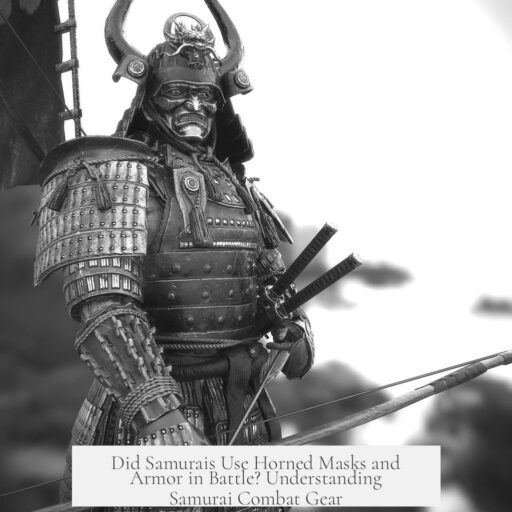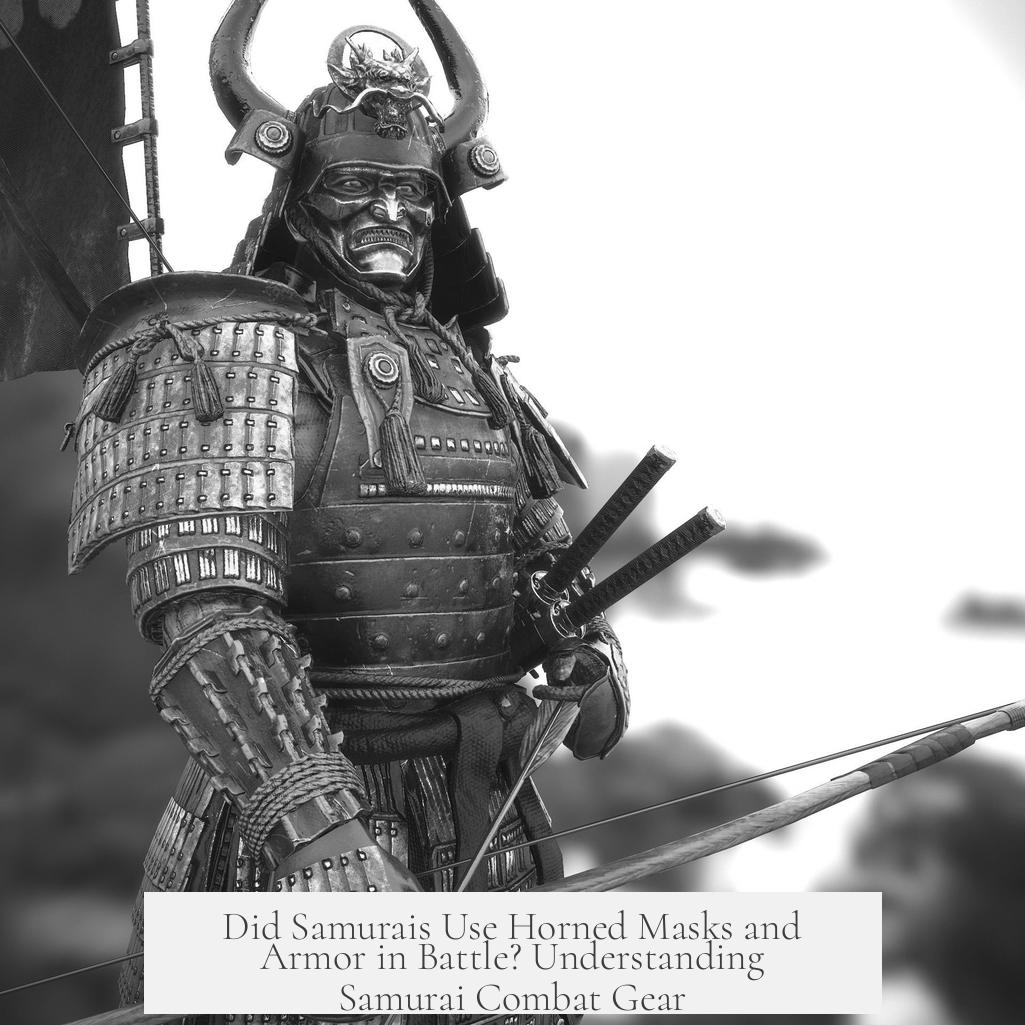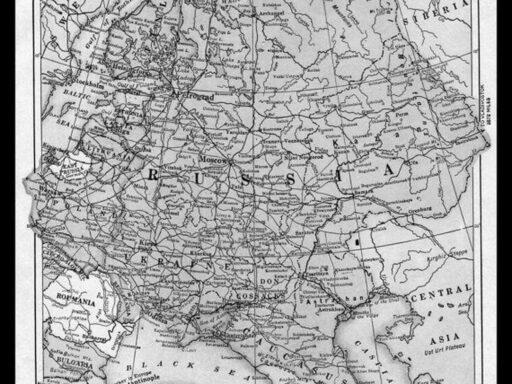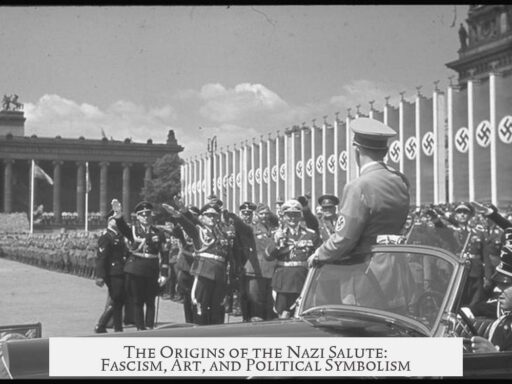Samurais did wear armors with masks and helmets featuring horns in battle, especially up through the Sengoku Jidai period (15th-17th centuries). These armors included mempo (face masks) and kabuto (helmets), often designed with elaborate crests or horns for intimidation and identification.
During the Sengoku Jidai, a time marked by frequent warfare, such armor was functional, protecting samurai while displaying status on the battlefield. The elaborate designs served a practical purpose beyond mere decoration. However, after this period, especially in the Edo period (17th-19th centuries), armor such as this became mostly ceremonial.
Armor styles evolved over the centuries. Earlier samurai armor was primarily focused on practicality and protection. As peace prevailed in the Edo period, lavish and ornamental armors reflected social status rather than battlefield use. They incorporated gaudy details and were often displayed or worn only during formal events.
The cost of samurai armor was high, limiting extravagant designs to wealthier samurai. European contact at the end of the 16th century introduced some influences, leading to hybrid styles in helmets and other gear.
Outside of combat, samurai commonly wore traditional kimono-style garments, which changed little over time. The “wandering ronin” look familiar from films like those by Akira Kurosawa shows this non-armored attire.
| Period | Armor Use | Mask & Horn Style |
|---|---|---|
| Gempei War (~12th century) to Sengoku Jidai (15th-17th centuries) | Battle-ready, functional armor | Yes, including mempo and kabuto with horns |
| Edo Period (17th-19th centuries) | Mostly ceremonial, ornamental armor | Less common in battle, worn during ceremonies |
- Samurai armor with masks and horns were worn in combat mainly up to the late 1600s.
- Post-Sengoku period armor focused more on display than defense.
- Designs varied greatly based on wealth and European influence.
- Traditional clothing remained relatively unchanged outside combat.




